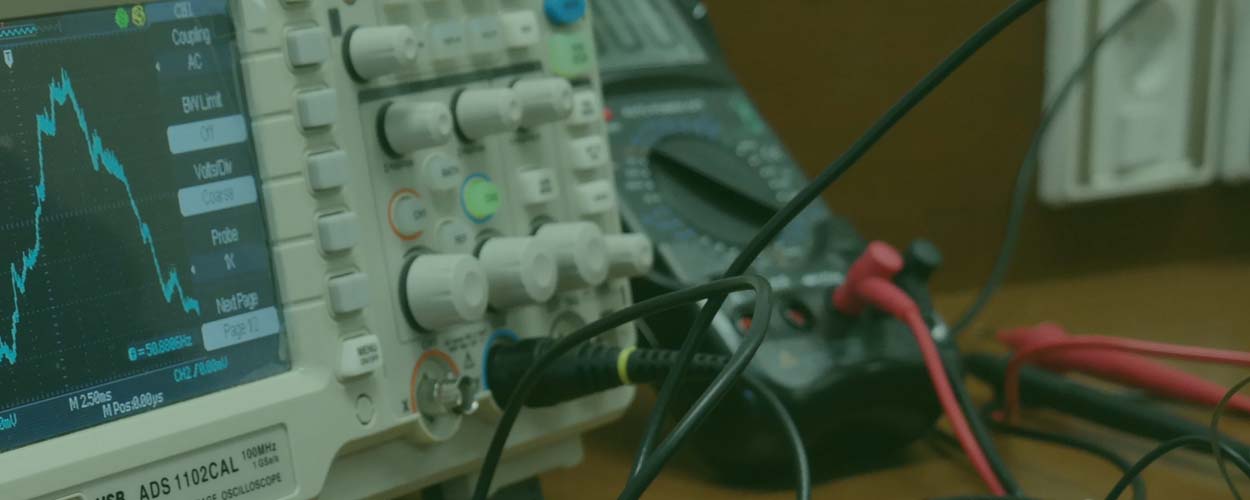
Problem: Low- and middle-income countries, like Pakistan and Afghanistan, report some of the worst health outcomes in reproductive maternal, newborn and child health (RMNCH) indicators, despite considerable investments in infrastructure and human resource development. Health systems suffer from inefficiencies caused by underperformance of health workers and lack of accountability and transparency, resulting in poor governance. Over the past decade, digital health technologies have been increasingly leveraged to improve health service delivery and information systems from the community level to district and national levels by equipping health workers with supportive tools to provide better care in communities.
Solution: Hayat is a mobile
application, which aims to improve the quality and coverage of and access to child vaccination
and reproductive, maternal and child health (RMNCH) services by digitalising health worker
activities. It is specifically designed for use by vaccinators and community health workers
during community visits or within the premises of health facilities.
The application caters to the entire family by maintaining a separate family profile containing
health records of each family member as well as that of the family collectively. The profiles
can be searched through the assigned family numbers, National Identity Card (NIC) numbers,
mobile phone numbers, vaccination card numbers, fingerprints or QR codes. Unique features of the
application, among many others, include the graphical display of the growth chart; profile
display of the nutritional record, illness record and a comprehensive record of vaccinations,
antenatal, postnatal visits and stock management of supplies with respect to area the health
worker serves. The application aims to strengthen the vaccination and RMNCH service tracking and
management and the patient referral system. The app also helps builds capacity of healthcare
professionals through embedded educational videos. Hayat is a patient-centered app, enabling
vaccinators and health workers to provide improved care to mother and child at their doorstep
via mobile health technologies.
In terms of supervision and management, Hayat reports
data on a wide range of parameters, such as reproductive and maternal health care, child growth
and illness, immunisations and referrals. Hayat’s real-time, GPS-powered tracking system allows
health care administrators to remotely monitor field activities of health workers conveniently.
Hayat tracks coverage of services and generates reports on key indicators in efforts to improve
transparency and accountability of health systems, thereby improving overall governance.
Note: Hayat is an innovation jointly funded by the Aga Khan Foundation and the Government of
Canada through the Grand Challenges Canada, through a grant awarded to the Aga Khan
University. The patent application is a result of the grant funding.






















